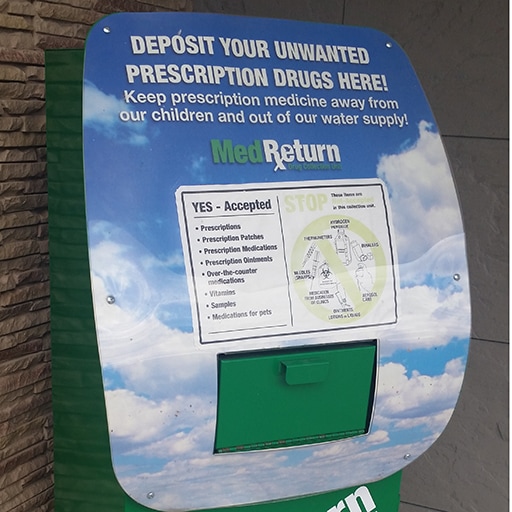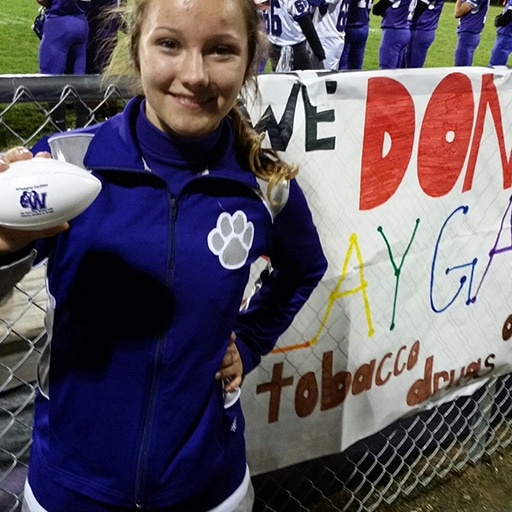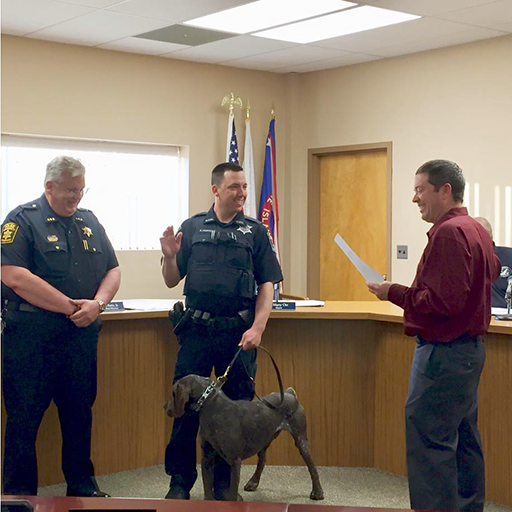HEROIN AND OTHER OPIOIDS
Deaths caused by opioid overdose have increased dramatically over the past few years. In 2015, over 33,000 Americans died as a result of overdose from heroin or opioid/opiate painkillers, pushing the number of overdose deaths higher than the number of people killed annually in vehicle crashes.
Heroin, which is illegally trafficked in the U.S., frequently becomes the go-to drug when painkillers become too difficult to get. According to the National Survey on Drug Use and Health (NSDUH), in 2012 about 669,000 Americans reported using heroin in the past year, a number that has been on the rise since 2007. Will County had a record 77 people die of heroin overdose in 2016.
Local authorities only recently began tracking specific types of opioids and their impact on local overdose statistics. In 2016, more than 1,000 Northeastern Illinois residents died in 2016 from overdoses involving heroin and other opioids such as opioid painkillers, including fentanyl and oxycodone.
Research from the Centers for Disease Control and Prevention has found that 80% of heroin users started by using prescription opioid medications, including Vicodin (hydrocodone), OxyContin (oxycodone) and many others. Information about heroin and the mechanisms behind the addiction can be found at the National Institute on Drug Abuse (NIDA) website.
The Wilmington Coalition for a Healthy Community (WCHC) is strongly committed to reducing opioid overdose deaths through a multi-faceted approach with a major emphasis on prevention. Learn more at the links below:
Heroin, which is illegally trafficked in the U.S., frequently becomes the go-to drug when painkillers become too difficult to get. According to the National Survey on Drug Use and Health (NSDUH), in 2012 about 669,000 Americans reported using heroin in the past year, a number that has been on the rise since 2007. Will County had a record 77 people die of heroin overdose in 2016.
Local authorities only recently began tracking specific types of opioids and their impact on local overdose statistics. In 2016, more than 1,000 Northeastern Illinois residents died in 2016 from overdoses involving heroin and other opioids such as opioid painkillers, including fentanyl and oxycodone.
Research from the Centers for Disease Control and Prevention has found that 80% of heroin users started by using prescription opioid medications, including Vicodin (hydrocodone), OxyContin (oxycodone) and many others. Information about heroin and the mechanisms behind the addiction can be found at the National Institute on Drug Abuse (NIDA) website.
The Wilmington Coalition for a Healthy Community (WCHC) is strongly committed to reducing opioid overdose deaths through a multi-faceted approach with a major emphasis on prevention. Learn more at the links below:





